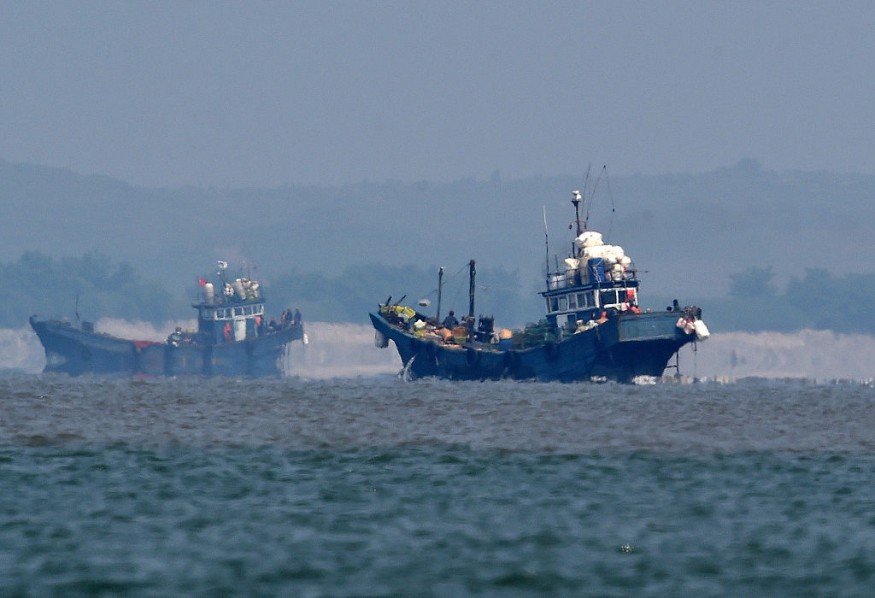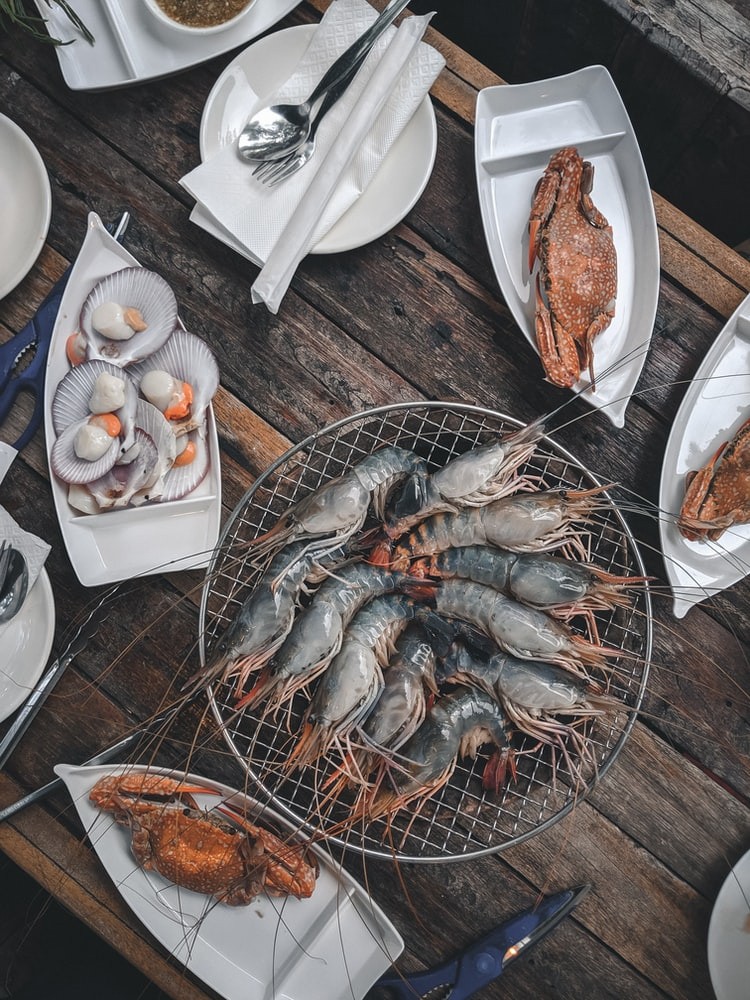The options when it comes to eating seafood can be, to put it mildly, perplexing for someone trying to increase the sustainability of their diet.
It is a big food category ranging from farmed prawns to wild-caught mackerel. It can have a wide range of negative environmental repercussions, including excessive carbon emissions, the unfavorable results of overfishing, butchered bycatch, or antibiotic contamination.

Vegetarian vs Fish Diet
Many individuals trying to eat more sustainably forego it entirely and opt for the vegetarian or vegan alternative.
However, certain shellfish may be a low-carbon, low-impact, and nutritious dietary source. Additionally, if you're going to consume fish, be careful to select a more sustainable variety.
According to Jessica Gephart, an assistant professor of environmental science at the American University in Washington, DC, "The seafood category is incredibly diversified. We're talking about varied production systems, comprising roughly 2,500 distinct species generated through farmed and catch fisheries."
Personal Experiment
Expert Jocelyn Timperley decided to experiment by monitoring her seafood intake for a month. She took note of every information she could find about the food she was consuming, including the location and methods of each fish's capture, to determine what information is commonly available to seafood consumers, at least in the UK.
She then spoke with several professionals who devote their careers to enhancing how we capture, raise, and consume fish to identify areas where she could make better decisions.
Fish and Seafood Industry

Globally, fish and other seafood constitute a major source of food. In 2020, 178 million tonnes were captured or farmed; this number is expected to climb to 202 million tonnes by 2030, with aquaculture accounting for most of the increase. Since the 1960s, the average amount of seafood consumed per person worldwide has increased by double to 20 kilograms annually.
Additionally, the sector is a significant employer. An estimated 600 million people's livelihoods depend at least in part on the fisheries and aquaculture business, which employs around 59 million people directly. This equates to almost one in every 13 people on Earth.
Around three billion people rely on seafood as their main source of protein, making it a vital source of protein and other key elements.
However, farmed and wild caught seafood remains a major source of legitimate concern over everything from bycatch and labor rights to trawler-caused environmental damage and carbon and nitrogen pollution.
The Food and Agricultural Organization (FAO) estimates that just 65% of fisheries stocks function at biologically sustainable levels in 2019. Overfishing of stocks is another major concern.
Comparing Diets
According to Jack Clarke, a sustainable seafood advocate at the Marine Conservation Society (MCS), a UK-based nonprofit, "With meat, it's a bit easier: you go into the store, and you want to purchase a chicken, and you're presented with maybe three possibilities."
"Seafood is far more challenging since there are so many variables involved. There are dozens of different species that are fished wild or cultivated in many locations using various methods."
According to Clarke, the MCS created the Good Fish Guide to assist consumers in navigating this extensive selection of seafood.
For more news about alternative lifestyle and the environment, don't forget to follow Nature World News
© 2025 NatureWorldNews.com All rights reserved. Do not reproduce without permission.





